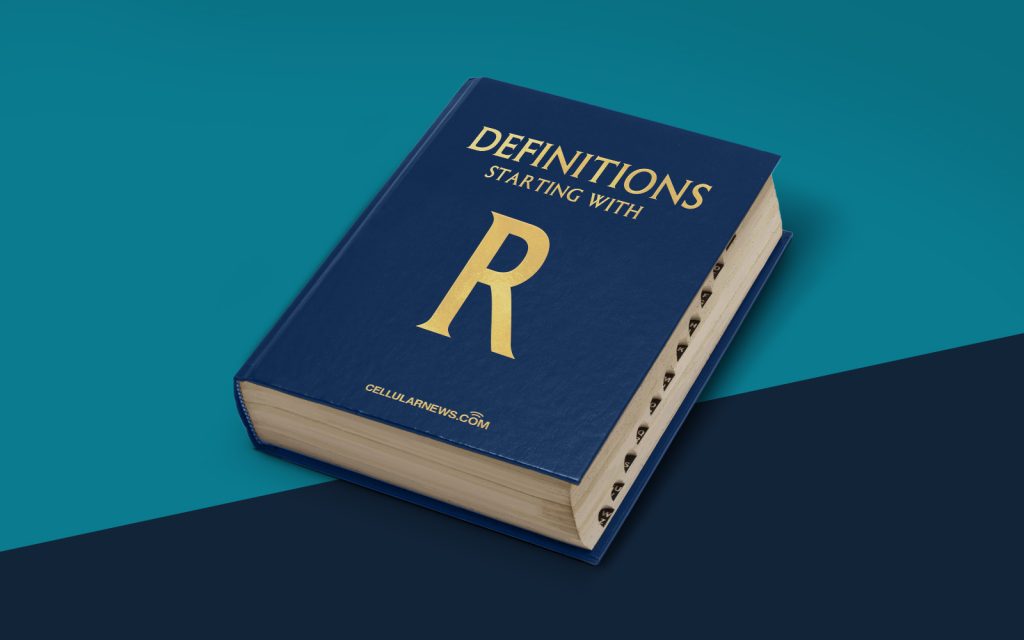
Welcome to the “DEFINITIONS” category on our page!
In today’s post, we are going to explore the concept of a Ring Buffer. If you’ve ever come across this term but are unsure of its meaning, you’ve come to the right place. Here, we will dive into the details of what a Ring Buffer is and how it functions.
Key Takeaways:
- A Ring Buffer is a data structure that enables efficient reading and writing of data.
- It stores data in a circular manner, overwriting older elements once the buffer is full.
So, without further ado, let’s get into the nitty-gritty of what a Ring Buffer actually is!
What is a Ring Buffer?
A Ring Buffer, also known as a circular buffer, is a data structure that serves as a fixed-sized buffer for efficiently storing and retrieving data. It is often used in computer programming specifically for handling streams of data.
Unlike traditional data structures, such as arrays or linked lists, a Ring Buffer stores data in a circular manner. This means that once the buffer is full, it starts overwriting the oldest elements with the newest ones.
This unique characteristic makes the Ring Buffer an ideal choice for situations where a continuous stream of data needs to be processed in real-time. Some common applications of Ring Buffers include audio and video streaming, network data processing, and device drivers.
How does a Ring Buffer work?
To understand how a Ring Buffer works, let’s imagine a circular track with a set number of slots. Each slot can hold one element of data. The Ring Buffer keeps track of two pointers: a read pointer and a write pointer.
The read pointer indicates the current position from which data will be read, while the write pointer indicates the position to which new data will be written.
When new data arrives, it is written to the slot indicated by the write pointer. If the buffer is not yet full, the write pointer simply moves to the next available slot.
However, if the buffer is full, the write pointer wraps around to the beginning of the buffer and starts overwriting the oldest data.
When data is read from the buffer, the read pointer moves to the next slot and retrieves the data stored there. Again, if it reaches the end of the buffer, it wraps around to the beginning.
This constant overwriting and wrapping around of data allows for efficient storage and retrieval in a continuous stream, making the Ring Buffer an excellent choice for real-time applications.
In conclusion:
A Ring Buffer is a valuable tool for efficiently storing and retrieving data in a continuous stream. Its circular structure and overwriting mechanism make it ideal for real-time applications that require continuous processing of data. Whether in audio and video streaming or network data processing, understanding the concept of a Ring Buffer can greatly enhance your understanding of these technologies.
Key Takeaways:
- A Ring Buffer stores data in a circular manner, overwriting older elements once the buffer is full.
- It is commonly used in real-time applications such as audio and video streaming, network data processing, and device drivers.
We hope this post has shed some light on what a Ring Buffer is and how it works. If you have any more questions or would like to explore other definitions, be sure to check out our “DEFINITIONS” category for more blog posts coming your way!
